Hips and Eka Pada Galavasana
flying pigeon
HIPS AND EKA PADA GALAVASANA
Depending on where we are in our asana practice journey, arm balances may feel a little overwhelming. It can be difficult to know where to start. Instead of thinking about the final destination, we can benefit from implementing techniques and drills that will support actual transformation and the development of strength, flexibility, and mobility. When it comes to a posture like Eka Pada Galavasana (Flying Pigeon), the spotlight is on our hips. Safely executing the posture requires deep hip opening, which itself requires great care and preparation. Incorporating the techniques Matt teaches in today’s video is the perfect start. However, beyond incorporating the techniques, it’s about HOW we implement them.
HIP RELEASE
2-HOUR LIVESTREAM WORKSHOP!
- Technique-infused 2-hour workshop
- Nondogmatic alignment awareness
- Inner thigh & outer hip flexibility
- Increase active range of motion of the hips and pelvic movements
- Learn anatomy of the hips as you practice
- Strengthen the muscles for optimal balance
- Postural focus: Flying Pigeon and Lotus Pose
- Injury awareness: Avoiding knee & low-back strain/pain/compression
- Use anatomy knowledge to debunk popular alignment
- Skillfully guided sequence by the founder of Chromatic Yoga, Matt Giordano
- LIVESTREAM DATE: March 30th at 10am Eastern Time (NYC Timezone)
- REPLAY: Available immediately, lifetime access
“PUSH AND SUSTAIN”
One of the most impactful statements Matt makes in the full class is “Push and sustain, don’t push and forget.” When he says this, he’s actually referring to a glute activation technique, but his words can be applied generally to how we approach the techniques from today’s video.
Sometimes we receive cues in a given posture or drill, but we then so easily revert back to what our bodies are used to, something that feels less “strange” or challenging in our bodies.
Eka Pada Galavasana requires hip strength to lock in the open position of the hip in the front leg and the lift from the glutes in the extended back leg. In the breakdown of each posture and technique, we’ll see the importance of finding and sustaining specific activations to increase strength.
WATCH THE VIDEO
HIPS AND GALAVASANA: TECHNIQUES TO UNLOCK THIS ARM BALANCE
GETTING THE HIP FLEXORS ACTIVE
The Lizard Pose variation and techniques Matt offers today are a great way to start the process of activating the muscles of the hips (more specifically, the hip flexors). This is particularly important in the first variation of Eka Pada Galavasana, where Matt demonstrates the “hugging in” of the back leg. We also learn how to “push and sustain” here. The technique that promotes both strength and flexibility is a facilitated stretch, that is, the activation of the muscles we are stretching. In the first variation of Lizard Pose, we use a facilitated stretch to activate the hip flexors by pressing the back knee down and forward. Sustaining the pull forward is the key to the effectiveness of this technique. When this happens, the muscle will release its tension and feel safe to lengthen while simultaneously strengthening. This will help with the hip flexion of the back leg. If we want to extend the back leg in Eka Pada Galavasana, lifting the back leg in Lizard while pulling the ball of the foot forward will also ignite our quadricep muscles. Activating the quadriceps will support the strength of extending the back leg.
200 HOUR ONLINE TEACHER TRAINING
GET CERTIFIED & DEEPEN YOUR YOGA PRACTICE
- Deepen your yoga practice
- Build confidence speaking in front of groups in person and online
- Learn foundational class structures and templates
- Learn techniques for a wide range of yoga postures
- Get certified and highly qualified to teach yoga
- Yoga Alliance Globally Recognized Certification Program
PRACTICE THE HOOK
Opening our hips is paramount to practicing another important piece of the puzzle: hooking the front foot as high as possible above the triceps on the arm.
With the help of blocks, Matt sets up a Pigeon Pose variation. The blocks are stacked, creating enough height so that we can mimic the “hook” required to keep the foot in place. What actions are needed for this hook? In the ankle, we must dorsiflex and then layer on eversion of the ankle. The height of the block also supports the positioning (flexion) required in the hips.
While all this is happening, we are still encouraging the facilitated stretch of the hip flexors in the back leg.
300 HOUR ONLINE TEACHER TRAINING
GET 500 HOUR CERTIFIED AS A MASTER TEACHER
Master your skill set as a teacher through refined techniques, anatomy, biomechanics, sequencing, philosophy, meditation techniques, theming, yoga business, and much more!
- Get 500 hour certified
- Learn anatomy, biomechanics, asana techniques
- Expand your teaching skills
- Masterful sequencing and verbal delivery
- Learn meditation and breathwork techniques
- Transformative tools: theming, dharma talks, satsang
EKA PADA GALAVASANA VARIATIONS
The final preparations for the hips take place while we are practicing the Eka Pada Galavasana variations Matt teaches in the clip. Importance is still placed on activating the front hip while it is in deep external rotation. When setting up for the arm balance, we do this by pressing the shin down into our arms and pulling the back leg forward (facilitated stretch). As we set up the pelvic tilts and the placement of the front leg on the arms, we move towards one of the other extremely important pieces of an arm balance: leaning our body weight forward. Without getting the leg or shin in the right spot, however, we won’t be able to lean forward enough to find our balance.
In his upcoming workshop, Hip Release, Matt shares more insights into creating the required integrity in the hips for other arm balances.
Register to learn more techniques and tips for your toolkit!
The 200 Hr. Teacher Training: Click Here to See the Next Start Date
The 300 Hr. Advanced Teacher Training: Click Here to See the Next Start Date
Article by Trish Curling
Videos Extracted From: Blissful Hips Immersion
ONLINE ANATOMY COURSE
- Accessible, exciting, and easy to learn
- Anatomy and biomechanics for yoga
- Appropriate for both teachers and students
- Learn joint alignment vs pose alignment
- Demystify yoga poses and transitions
- Release aches and pains
- Learn how to avoid common injuries
- Caters to all levels with modifications and props
- 20 hours Continued Education Credits with Yoga Alliance
- 20 hours toward Chromatic Yoga Certification and 300 Hour
- Lifetime access
Continue Learning
Redefine Chaturanga
Redefine ChaturangaALIGNMENTREDEFINE CHATURANGA To redefine Chaturanga, we first have to be willing to challenge what we think we already know. Many of us were taught a narrow-hand, elbows-tight variation of the pose—elbows hugging the ribs, hands close beneath the...
Tight Hips
Tight HipsHIP MOBILITYTIGHT HIPS When working to release tight hips, most people instinctively go straight for deep stretches. But one often overlooked area that holds a surprising amount of tension is the adductorS (the inner thigh muscles) that connect to the...
Retraction Of The Scapula
Retraction Of The ScapulaSHOULDER ACTIONSRETRACTION OF THE SCAPULA It may appear that scapular retraction holds less weight in finding deeper backbends, but this action can be quite significant in what we experience when it comes to strength, stability, and...
Conquering Compass Pose
Conquering Compass PoseSURYA YANTRASANACONQUERING COMPASS POSE Conquering Compass Pose isn’t about forcing your leg behind your shoulder—it’s about understanding and participating in the muscular coordination that makes the posture possible. The real power comes from...
Leg Over Head Pose
Leg Over Head PoseEKA PADA SIRSASANALEG OVER HEAD POSE Leg Over Head Pose is one of those postures that challenges not only our bodies but also our mindset. When faced with a seemingly impossible pose, we tend to respond in one of three ways: dismissing it as...
Spanda In Backbends
Spanda In BackbendsSIDE PLANKSPANDA IN BACKBENDS Spanda in backbends is the key to creating both stability and freedom in spinal extension. Backbends are not just about bending; they require a balance between expansion and controlled engagement to prevent excessive...
THE FREE TECHNIQUE PACK
When You Subscribe, You Will Get Instant Access to
- the Technique Pack: 15 yoga pose breakdowns
- exclusive online course discounts
- exclusive blogs and videos

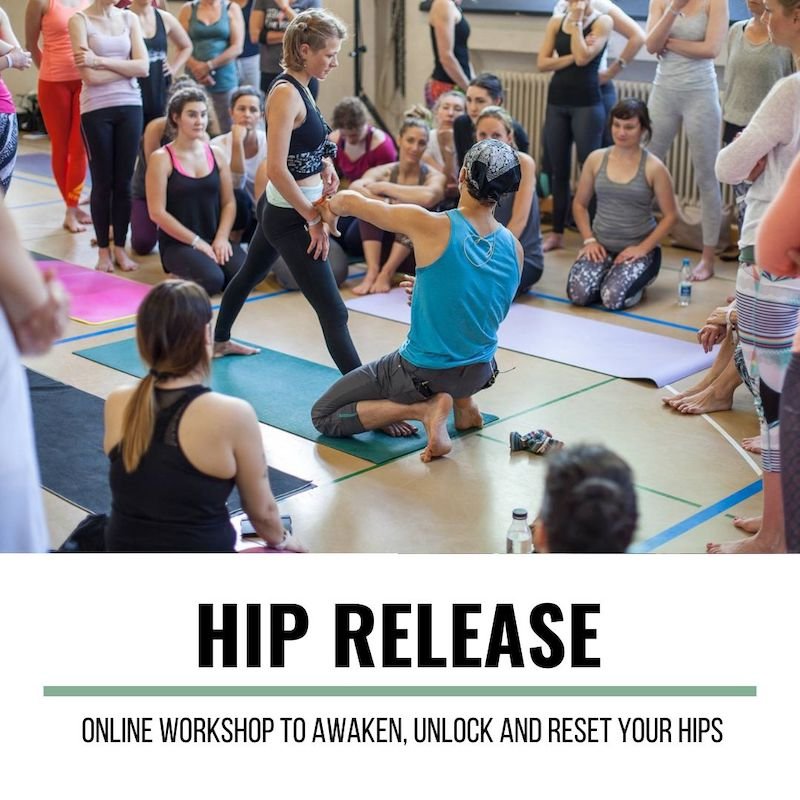



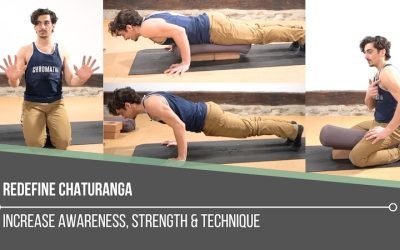
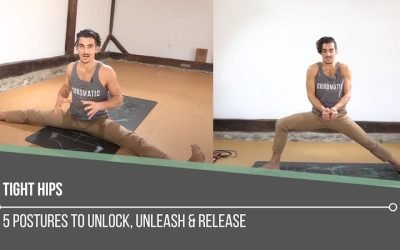
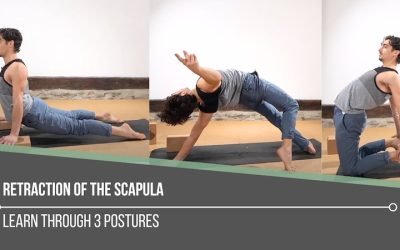
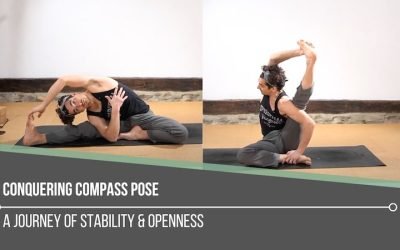
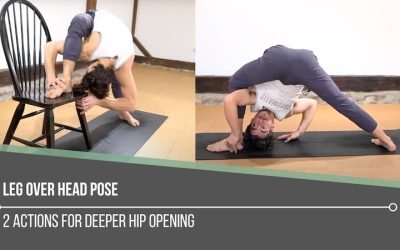
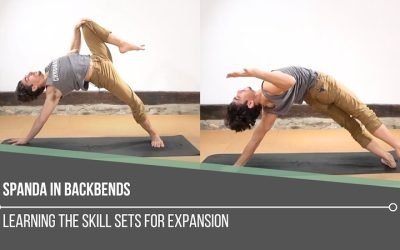


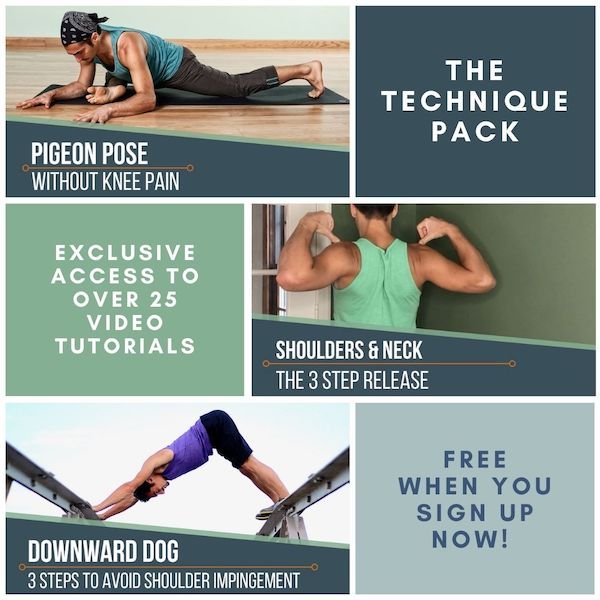
0 Comments